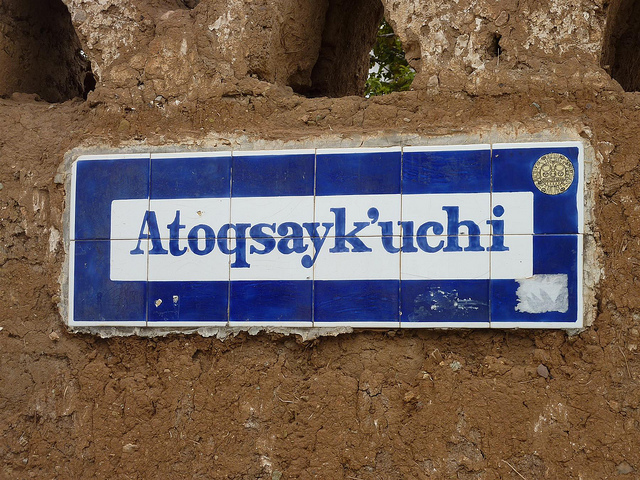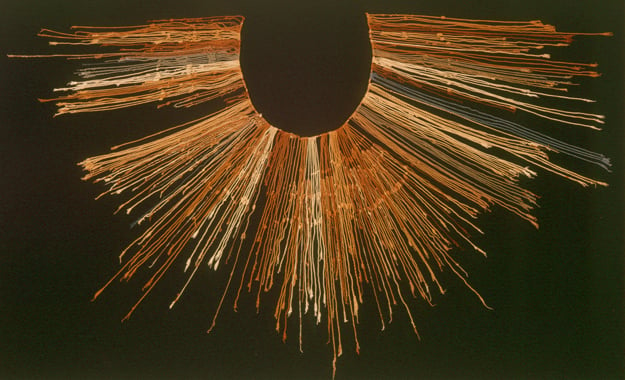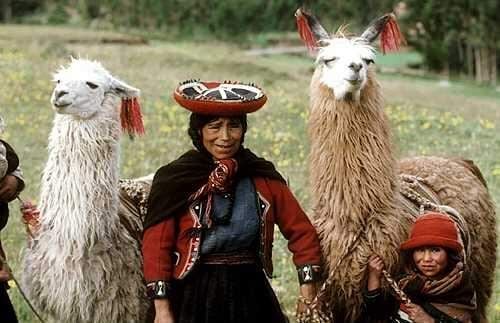Quechua: Past, Present and Future

Photo via Flickr
“They say the sounds of Quechua come from the sounds of birds, of nature. Quechua cannot be taught without singing”, claims Elva Ambia, a teacher of Quechua.
Quechua is the original language of the Incan Empire which dates back 600 years. The empire stretched over the Andes extending from Colombia all the way down to the tip of South America where the language is still spoken today. There are around 8 million speakers, although sources vary. Currently the language registers in UNESCO’s “Atlas of the World’s Languages in Danger”, showing its decline.
Come along with us as we journey through Quechua’s past, present and future.
Variations of Quechua
Quechua, instead of a language, can be better classified as a family of 46 languages and dialects. Within this classification, there are 2 main categories. In group 1 there are 17 languages and group 2 contains 29 languages. The split allows accounts for where each dialect is spoken across the Andes.

Photo via Wikimedia
History
For various reasons, the Incas never developed their own alphabet. Things were recorded by arranging cords of different colours (quipu) which were later knotted together. All knowledge was passed down to the next generation by word of mouth. The Spanish conquerors introduced the Roman alphabet, yet its spelling was never standardised.
The birthplace of Quechua is still debated. Many theorists believe that it originated on the Peruvian coast and travelled via diaspora, as the Inca tribes expanded their territories for around 200 centuries. They spoke the Cusco dialect of Quechua. It was considered the lingua franca of the time across the region.
When the Incas arrived in the South, mainly Aymara was spoken, however it was permitted, as the Incas focused on population settlement and not linguistic issues. It was recognised for a while after the Spanish conquest as one of the four ‘general languages’. However, in the 18th century it was banned by the Spanish invading forces. In 1825 Peru and Bolivia won independence, thereby allowing the population to regain its indigenous heritage and language.

Photo via Wikimedia
Today’s role in society
Peru became the first country to classify Quechua as an official language in 1975. However, nowadays Quechua is not considered to have the same prestige as Spanish. For example it’s not used in traditional media and TV. It has limited output on the radio. Likewise there are few publications in the language. Overall It has been maintained through musical traditions passed down by differing generations.
The common assertion is that it’s spoken by those of a low social standing in the cities. Mass immigration to the cities is the principal reason why the language is on the wain and indigenous people have been discriminated for using it. For commerce, Spanish is still a prerequisite for all sectors of the population to communicate.
Yet in rural villages Quechua is used in formal situations such government, work and at home. For example, figures show that in Cusco, Peru, most fluent speakers of Quechua are often above 35 years and yet they use it very little. In the Peruvian education Spanish is principally used, despite some efforts from teachers to use a combination of Quechua, which have proven unsuccessful.
There are few academic texts where Quechua writing can be found. The University in Cusco offers two courses. There is only one private school which teaches in the language, visibly showing the Spanish dominance.
Influence on Spanish
Quechua and Spanish have co-existed and have had contact with one another for around 500 years. Quechua has gently permeated common parlance by allowing Spanish speakers to incorporate loan words.
The most common way this has happened is for words to do with food and animals. Spanish adopted llama, guanaco and vicuña, which are the native animals to the Andes. Quechua also borrowed karru, meaning car and waka meaning cow.
There are other terms which you may not have realised were terms adopted into Spanish.
- Cancha, meaning football/soccer field. In Quechua the word is spelt with a K and written kancha. If you’re passionate about ‘the beautiful game’, it’s worth keeping this in your lexicon.
- Poncho is a garment to keep out the cold and is taken from Quechuan. Rather remarkably the Real Academia Española, usually taken a source of authority on all Spanish matters, doesn’t recognise the term as originating there. In Quechua it’s referred to as punchu.
- Cura is the term for a priest. In Quechua they’re called kuraq or kurakas, which dates back to the Incan Empire. Strangely an insult during bygone eras was to call someone un hijo de cura, which highlighted someone was an illegitimate.
- Morocho means a dark-skinned person and akin to the the term ‘moreno’. In Argentina it can be used as a pejorative term depending on context. It is also used to describe animals. The word in Quechua is muruch’u. Strangley in other parts of Latin America it means a strong, robust character and in Venezuela it’s a synonym for twin.
- Chacra means smallholding or a small piece of land that’s cultivated. In Quechua the term is chajra or chakra and denotes a small piece of arable land. Curiously in Peruvian slang chacra is used to show that something has been done badly, i.e a poor effort.
- Chullo is a typical Andean hat that covers the ears, the term is ch’ullu and traditional ones are made of alpaca wool.
- Carpa is a tent. In Quechua the word is karpa and, pun intend, extends to a big circus tent.

Photo via Wikimedia
Where do we go from here?
Overall it’s clear that many local terms have influenced Spanish lexicon and can be heard in common conversation. Yet in South America Quechua does play a secondary role to Spanish. There exists negative attitudes to the language, which are ingrained over centuries by the elites within society. This is a case in point with the language becoming officially recognised so late in the mid-70s in Peru.
Likewise the language has not been preserved and taught quite like Spanish. The ministry of education could look at further bilingual programmes across schools, so that the next generation becomes enriched by their own sense of cultural heritage. Radio has been used to preserve the spoken word and disseminate information worldwide. Although this has been helpful, until more preservation measures are taken, it’s difficult to see how the status and number of speakers will improve.
